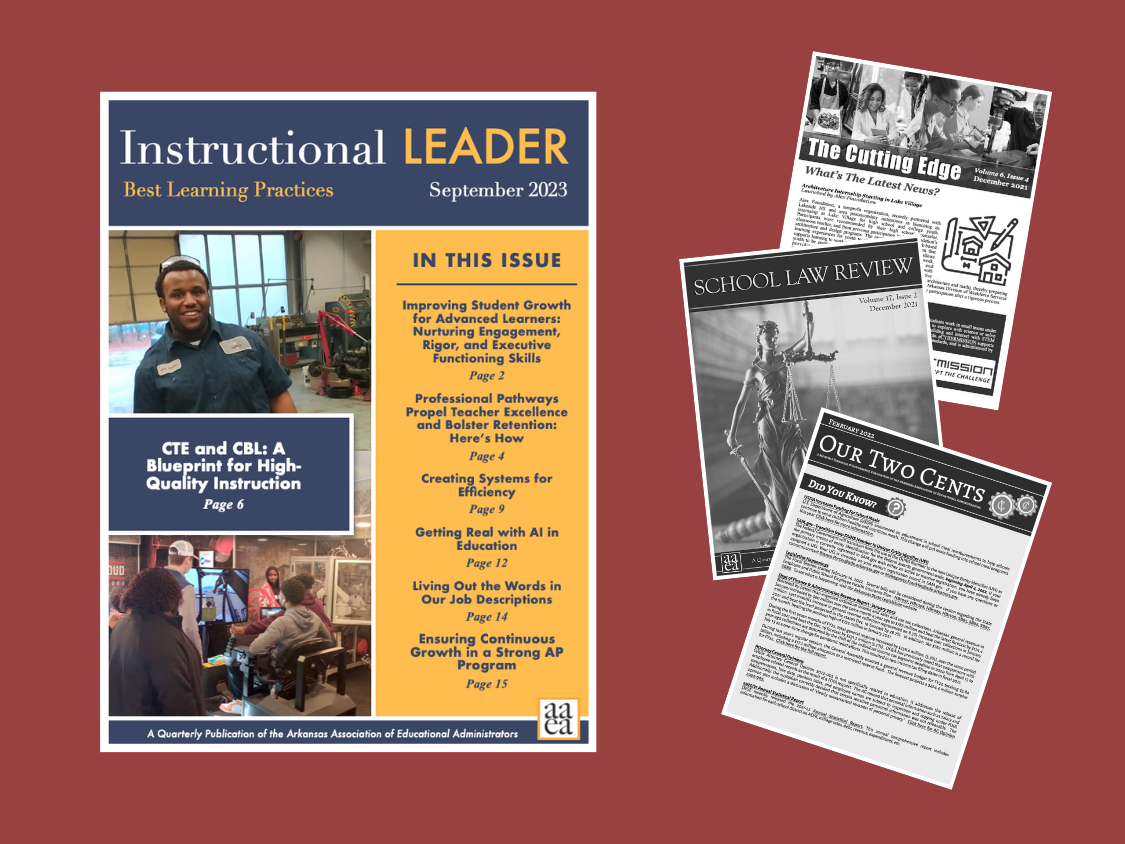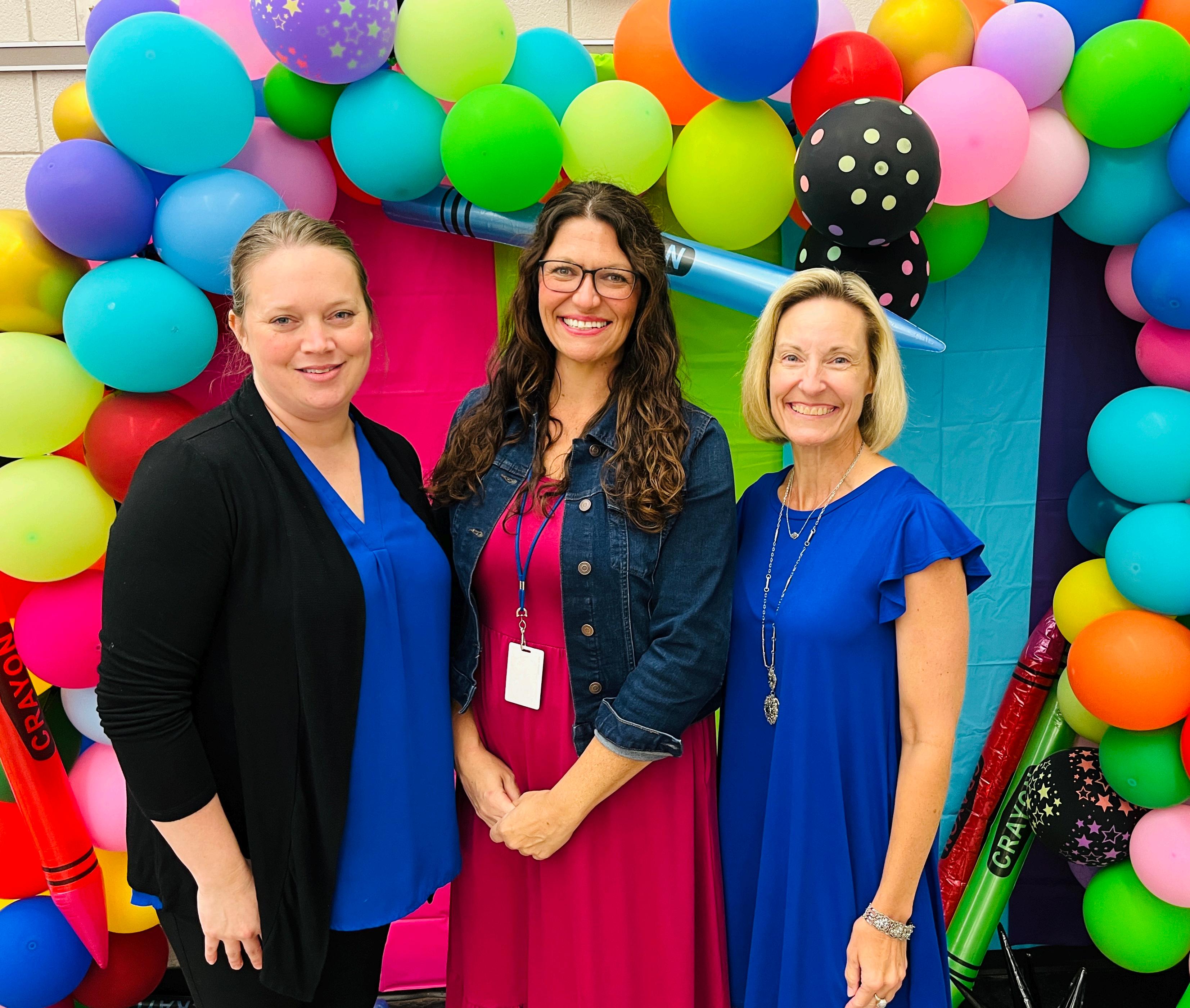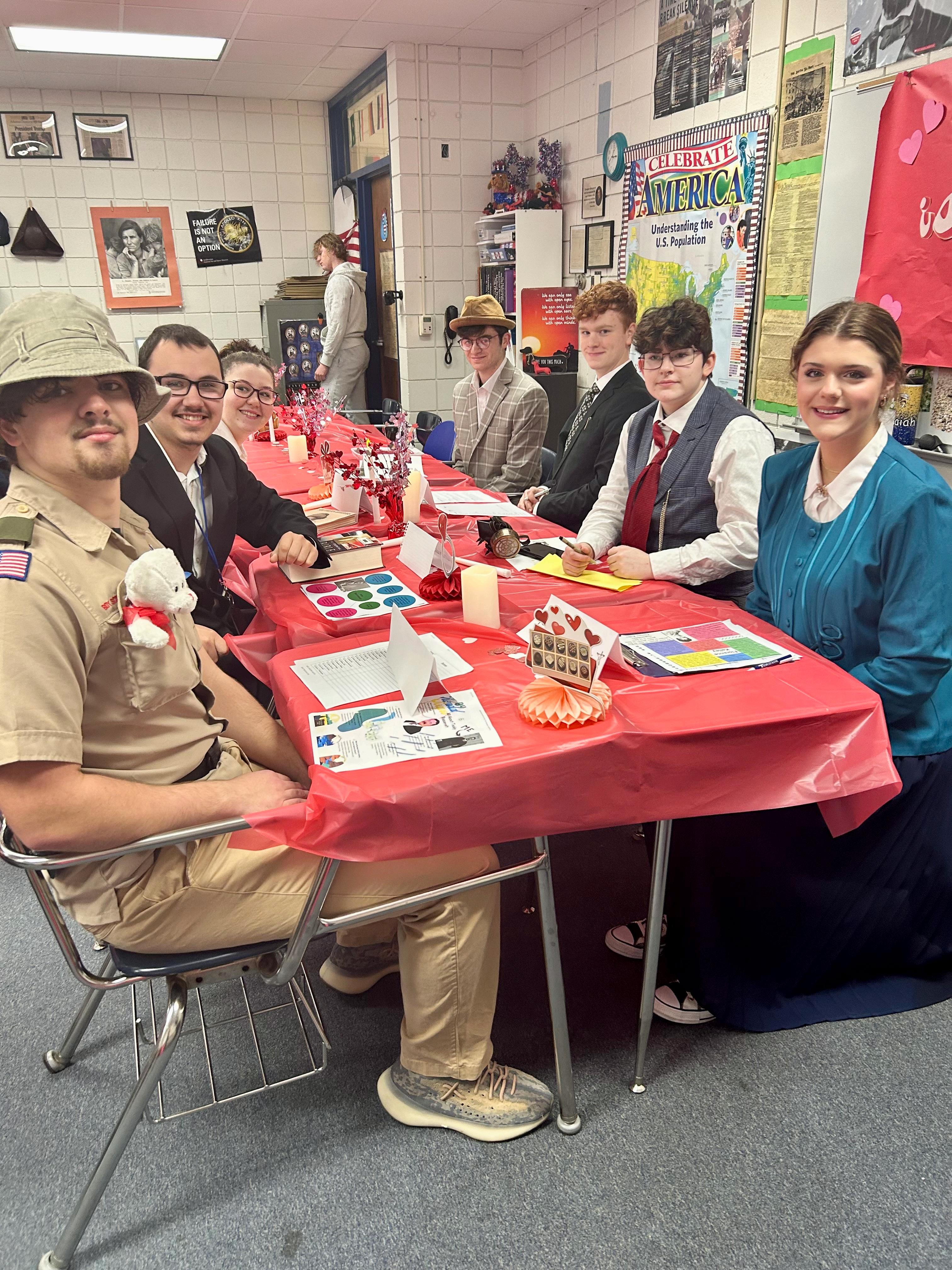
6 minute read
Publication Sneak Peek
Instructional Leader
This segment features content from other AAEA publications. Instructional Leader is a quarterly publication available to subscribing districts. The following excerpt comes from the March 2025 issue.
Student Choice Benefits All Learners
Contributor: Summer Williams, Gifted & Talented/Advanced Placement Coordinator, Sheridan School District
The typical school setting is designed with rigidity in mind: the bells ring at designated times, the curriculum pacing guides are outlined in detail, and the daily lesson is scripted minute by minute. Students often find their voices and input mean little throughout their school day, because the adults have already planned everything. However, research tells us that the adolescent brain craves the reward that is felt when an independent choice is made and that engagement soars when students feel like they have a say in their learning.
In his blog, John Hattie asserts that student choice leads to an increase in intrinsic motivation, student effort, task performance, and subsequent learning as long as the teacher has “created choices that are robust enough for students to feel that their decision has an impact on their learning.”
The concept of student choice is not new. In fact, think back to the most memorable activities and assignments from your own school days. I imagine most of them allowed you to have some say in the way you approached that learning. My most memorable lessons came in my junior high grades when we did “exhibitions” that incorporated research, essays, 3-d models, and presentations about a topic we as students had selected. I remember my topics for both semesters: the punishments during the Salem Witch Trials and the Arkansas Nuclear One power plant. I was fascinated then and spent countless hours on those projects--both of which I remember more vividly now than any other homework I had been given.

This year, our Gifted and Talented team led an intentional effort to reduce one-way learning and put more responsibility into our students’ hands by incorporating student choice into more of our instruction. We knew we needed to start small, so during summer professional development, our G.T. team shared a few tried-and-true strategies, primarily choice boards and the RAFT writing strategy (Role, Audience, Format, Topic) with our intermediate campuses. We provided content-specific examples and modeled how to use AI tools to create standards-based materials--all making the workload a little less daunting for our teachers. Our goal was to put the concept of student choice in the forefront of teachers’ minds and model it in our gifted and talented classrooms all along the way.
Teachers responded positively, and embraced giving students more agency in their learning. Jennifer Hardin, a third-grade teacher at East End Intermediate, decided to use choice boards with her students who show mastery of the essential standards that are being taught. She uses the instructional tool to provide extensions for those mastered standards in a creative way. The choices always include reading and math, and students must select three of the options. The board is given as an “instead of” task instead of an “in addition to” assignment, which makes students feel excited about the choices rather than as if they are being penalized. Mrs. Hardin provides feedback all along the way and posts students’ final products or shares them with the class. In this mixed ability classroom, choice boards have allowed students to rise to the level of which they are both comfortable and capable.

Our G.T. teachers, who model both the presented strategies in their classrooms, have seen a lot of growth in student engagement and quality of work. They use the RAFT strategy in their enrichment lessons with second graders when they show images of paired items such as a pencil and paper. Students have to consider how those items relate then take on the role of one of those items and write valentines to the other object. Students loved the creativity of the task and delivered some impressive products.
Those same G.T. teachers embed choice boards regularly into their lessons: as culminating book reports for their recent novels, to show their research on Arkansas-based companies during the Stock Market Game, and even to share their findings about local urban legends. By pairing these student choice activities with an initial multiple intelligence assessment, our teachers are able to deliver individualized options that will appeal to students, infuse rigor, and connect appropriately to predetermined objectives. G.T. teachers Angie Walters and Lyndsey Rogers both agree that student choice is critical in an advanced classroom and that it “increases engagement, gives students ownership of their work, and allows their creativity to shine.”
What has been the most interesting thing to see is how the push for student choice has moved beyond the original intermediate and gifted and talented classrooms. I’ve seen high school teachers get creative with it as well. In Jessica Downs’s Advanced Placement Literature class, she provides “blind choice” when students select their independent novels. She reads descriptions aloud that omit character names, specific settings, and time periods and asks students to select their book solely off an auditory summary. This gives students some autonomy when selecting their novels, but does it in a way that removes preconceived bias about a text. Just down the hall, in Olivia Lewis’s Advanced Placement U.S. History class, students select their historical figure for both the Constitutional Convention and Progressive Era reformers speed dating activity, both huge hits with her classes. These activities ask students to research and pretend to be their selected figures when interacting with each other. Some get so excited that they come to class dressed as their historical figure and assume that persona beyond their history class time. Mrs. Lewis asserts that activities such as these “allow their creativity to be limited only by their own imagination” rather than her own.

Incorporating student choice has proven beneficial to all levels of our students. One of our special education teachers, Katie Drake, embraced the RAFT writing strategy in her high school ELA classroom, and found great success with it. Students first read a short story about an environmental conflict in class. Then they used the RAFT strategy and chose a character’s perspective to write from and a format (letter, rap, speech, etc.) for their final product. Miss Drake said, "This was my first time using the RAFT writing strategy and I'm hooked! I was blown away by the creativity from students and how engaged they were. Students who normally do not talk, were talking, and even some wanted to share with their peers. My favorite was when students wrote from the perspective of a bird warning their other bird friends to stay away from the oil spill.”
While its beginnings were simple, our push to encourage and model student choice strategies will grow and evolve over time. All students deserve more opportunities to take their learning into their own hands and make their learning memorable and relevant to their own interests.
References:
Marzano, Robert J., and Debra J. Pickering. The Highly Engaged Classroom, Marzano Resources, Bloomington, Indiana, 2010, pp. 101–105.








